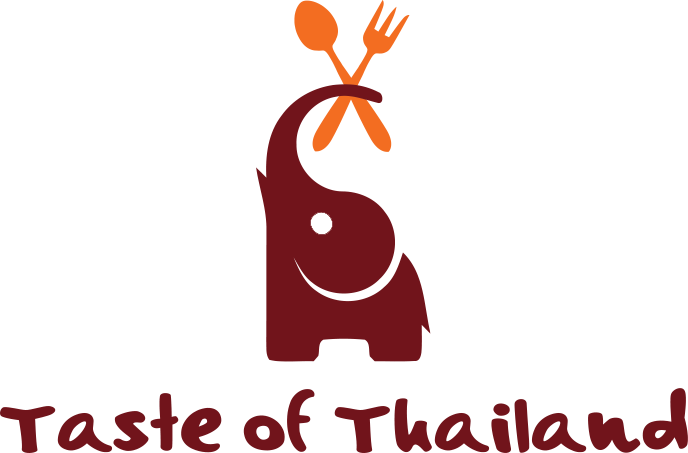Our Favourite Thai Fruits
We’ve said it once, and we will say it again, Thailand is known for food.
Many of the food stalls you will see adorning the streets will be selling freshly cut seasonal fruits, and wander around any wet market and at least half of the stores will be selling them whole.
So we thought it might be fun to introduce you to some of our favourite fruits native to Thailand:
- Durian
And where better to start than with the King of Fruits, the Durian. Durian is famous for being the “marmite” of Thai fruits – you either love it or you hate it, largely due to its perfume. It is in fact banned from the BTS skytrain as some people find the smell so repugnant!
Durian is a very big prickly egg shaped fruit, green on the inside with soft yellow flesh on the inside, which is apt given many equate it with tasting similar to custard.
Try it and let us know what you think- you only live once!
- Mangosteen
Although Durian may be deemed as being the King of Fruits, the Mangosteen, and our particular favourite, is classed as the Queen. Mangosteen is encased in a dull purple shell, but when peeled is soft, white and sweet – it tastes a little like the flesh of a grape or plum. Aroi mak mak (very very delicious!)
- Rose Apple
Shaped just like a bell pepper, and like it’s more commonly known sister fruit, the rose apple tastes similar to an apple, only sweeter. Locals usually eat this fresh, just as you would an actual apple, but it is also very pleasant in a spicy salad, much like papaya.
- Rambutan
The Rambutan was first planted in the Surat Thani province which to this day is still known as producing the best crop. The red and yellow spiky fruit needs to be peeled, whereby it reveals a pale white sweet fruit with a large seed in the centre.
Fun fact: rambut means hair in Indomalay – most fitting!
- Pomelo
The pomelo fruit is a very close relation of the grapefruit, but has a milder and more sweeter taste. Locals often eat it with a mixture of salt, sugar and chilli.
- Lychee
Like so many things in Thailand, the lychee is vibrant in colour, the redness of the skin unmistakeable. The flesh of the sweet white fruit is high in vitamin C, so it’s one to indulge in and know that you are doing your immune system some good.
- Coconut
In Thailand the versatile coconut has many uses – it is used as a drink as it is an isotonic electrolyte, but it is also used both fresh and dried in savoury dishes from like many southern Thai curries, to sweet dishes such as the much loved mango sticky rice.
If you like a helping hand in getting to know Thai fruits, join our Village of Love tour where we take you to “fruit class” and challenge your knowledge of these delicious guys and even taste some of them along the way. Regardless, however, we urge you to try those mentioned above as well as some of the more well-known fruits such as pineapple, mango and watermelon – there is just that something about the taste of the ones you can buy from the Thai street stalls that are heads and shoulders above anywhere else around the world.
What is your favourite Thai fruit? We would love to hear!
Recent Delicious Blogs
- How to Handle Food Allergies on Food Tours
- Durian: Exploring the King of Fruits
- Exploring the Health Benefits of Thai Vegan Cuisine
- Khao Man Gai Recipe – Thai Street Food Style
- Steamed Fish With Lime and Garlic Recipe
- A Real Thai Food Tour Experience in Bangkok
- All Hail The Bangkok Food Truck
- Ayutthaya’s Tasty Side
- Keep Calm & Travel!
- Taste of Thailand Guide Spotlight: Khun JaJaa
- No Plastic Bags: A New Year 2020 Promise To The World!
- Bangkok’s Old Town Charm
- 10 Pictures from 2019 on tour that made us smile!
- Thai Herbal Drinks: Roselle Juice
- Taste of Thailand Guide Spotlight: Khun Ohm
- Hidden Bangkok: The Saen Saeb Canal
- Video Diary: Temples & Tradition Along the Chao Phraya
- Why We Do What We Do
- Loy Krathong
- Taste of Thailand Guide Spotlight: Khun Sasa
More Info
Our Experiences
Work with us
© 2005-2023 by Taste of Thailand is part of B-Concept Media Entertainment Group
Food Tours Bangkok, Thailand | Privacy Policy & Terms | business events |talent booking | Thailand events


